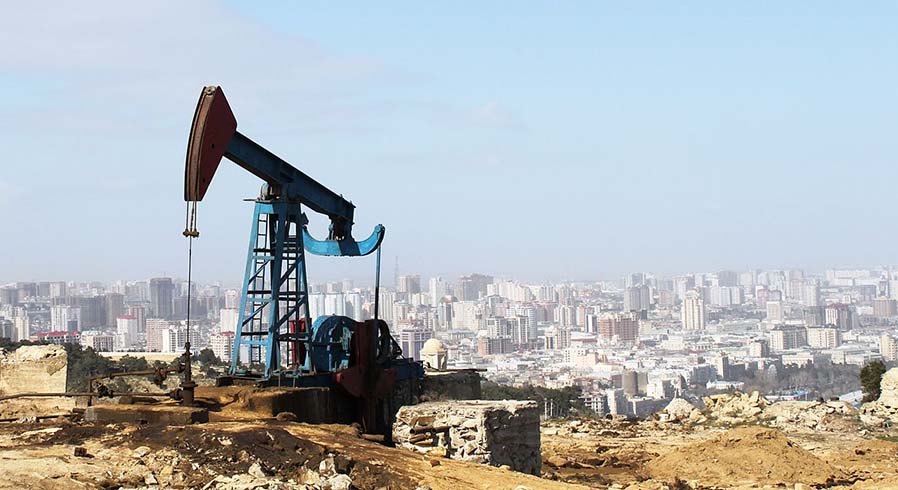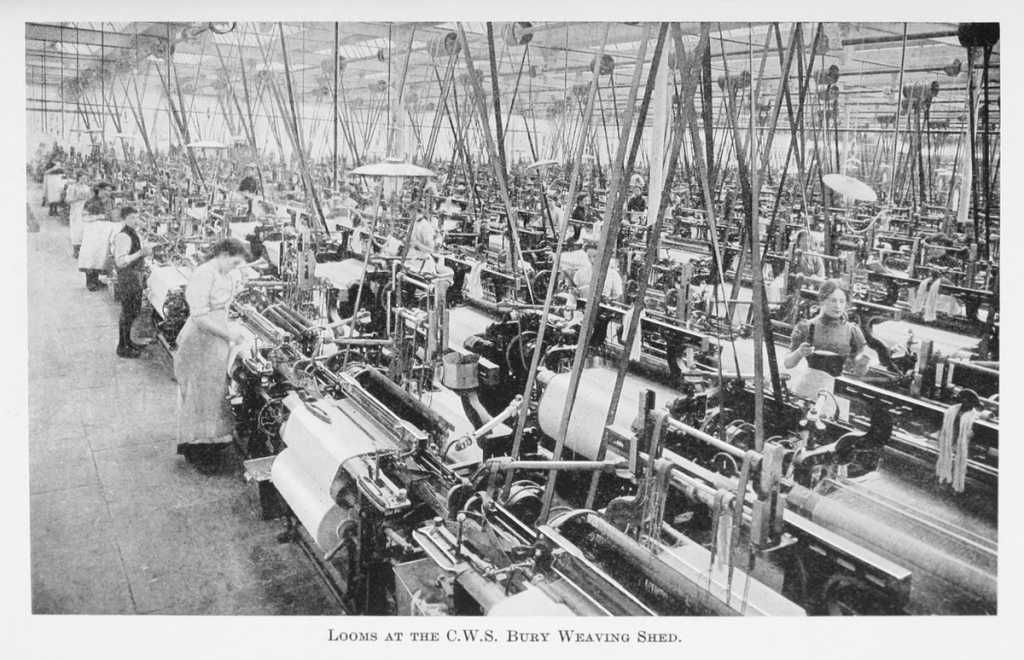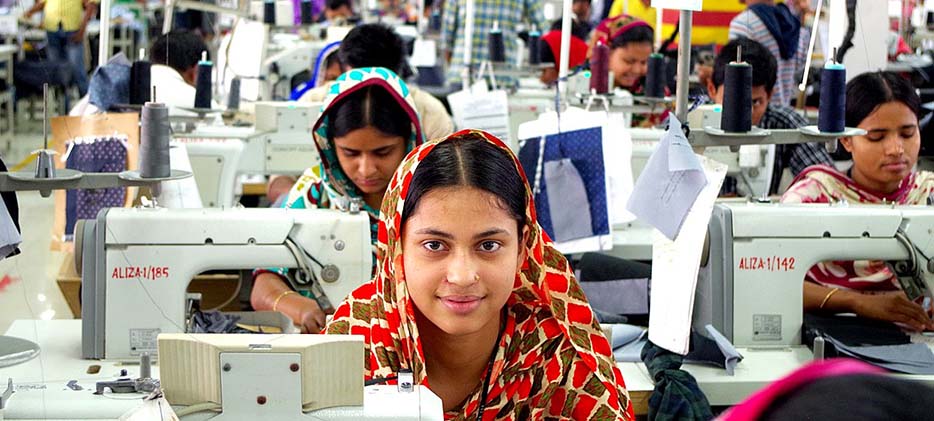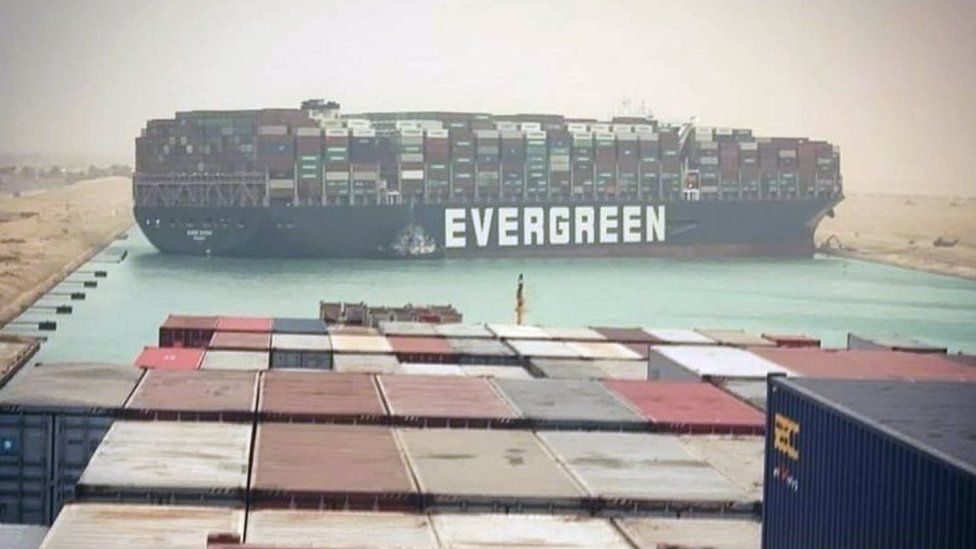What on Earth is going on with pricing and supply chain?
You must have noticed prices rising and product availability going down across almost everything you might wish to buy. You'll see it online and in shops whether you're buying fruit and veg, some new shoes or Christmas presents for the kids.
XAMAX® can't speak for those product lines, but we can speak to the supply and pricing issues in the clothing industry. Perhaps the following will help you understand the challenges we and our entire sector are facing at the moment. We appreciate your patience. Please be assured we are working as hard as we can to get through this.
So what is actually happening?
What is causing the supply issues in Workwear and Uniform?
There are multiple factors at play here. It's easy to say it's "the Pandemic" or "Brexit", but it's a perfect storm of problems right around the world.
We'll break it down for you. Again, just to be clear, we are talking about the Clothing Industry here - specifically the Workwear and Uniform sectors.
Prices are on an upward trend and it's likely to be that way for some time. Our suppliers are raising prices every month or even every couple of weeks. Some of our suppliers have implemented dynamic pricing so we never really know from 1 day to the next exactly how much products are going to cost.
This probably means that by the turn of the New Year, there will be even more price rises. We try to soak up as much of this as possible to ensure our customers get great value for their money, but sometimes we are left with no choice.
The price of Oil is rising.

Whether we like it or not, and the environment really doesn't, Oil is at the centre of global manufacturing. The price of oil is at its highest since May 2019. In the context of the clothing industry, this has a direct consequence on the price of man-made fibres such as Polyester. Unfortunately, JP Morgan forecasted the price of oil could increase to around $125 per barrel in 2022 and $150 in 2023. So this variable probably hasn't reached its peak yet.
What can you do? Not a lot really. Maybe opt for clothing made from natural fibres, but...
The price of Raw Cotton is rising.

The price of cotton has increased by around 25% since Q3 2021. Although the timing may suggest it's primarily Pandemic related, this problem has been simmering away for a while.
A few years ago it became more profitable for farmers to do away with their cotton fields and replant to make Palm Oil - it's simply down to supply and demand and who could really blame them? However, the knock on effect is that cotton is now harder to come by, reducing supply so manufacturers of cotton fabric try to outbid each other in the markets and overall prices go up.
Some clothing manufacturers are reducing their styles, colour ranges or size ranges to try and keep up. For instance the Gildan 5000 heavy-weight cotton t-shirt had 50 different colours this time last year - it is now down to 36 and stocks aren't refilling on many colours.
What can you do? Not a lot really. Maybe cut back on your consumption of Palm Oil and hope farmers replant their cotton fields, or maybe opt for a different natural fibre, but...
The price of all Yarns and unfinished fabrics is rising.

The mills worldwide simply can't cope with demand.
Sectors such as Fast Fashion have been eating up capacity at the producers of fabrics for years. As the pandemic marched on through the latter half of 2020, the Fast Fashion sector saw massive upswings in growth caused by people wanting to look their best when they were finally allowed out. This led to that part of the clothing industry being able to corner supplies, leaving the rest of us short.
And as with the prices of raw cotton, that cut in supply created bidding wars with clothing manufacturers to get what was left over, raising prices.
What can you do? Not a lot really. Maybe you don't really need 7 cocktail dresses with a 1 party lifespan, but you do you. Let's just hope production and demand can eventually balance out, but...
Production capacity is lower than usual

As manufacturers look to recover the inventory lost during global shutdowns, they're willing to pay higher prices for their fabrics. But some countries still have local lockdowns or restrictions in place, reducing production capacity and even closing entire factories. Add that to low stocks of fabrics, low production of fabrics, low yields of raw materials and you get a worldwide production shortage.
What can you do? Not a lot really. You could always roll your sleeves up and offer to help them on the factory floor, but...
Energy prices have increased

Energy is being restricted due to environmental concerns (obviously, something needs to be done right?), due to supply issues (weather damaging infrastructure etc), transportation issues related to the raw materials to create energy, or the price of Oil (see above) it is directly affecting factory output. Without energy, it doesn't matter how many of us get our hands dirty.
What can you do? Not a lot really. Short of bringing back the Hand Loom, we're all just going to have to wait it out, but...
The price of Shipping has sky rocketed

Let's be clear, we're not talking "shipping" as in postage (although we all know that's not getting any cheaper). By "Shipping" we mean actual Ships - the ones that carry containers across the seven seas.
The cost of shipping has risen dramatically. It's partly down to Brexit, but also circumstances surrounding the Evergreen in the Suez Canal and supply and demand (again). In June 2020 the cost of shipping an entire 40ft container was $2000. Today, as I write this in December 2021, one of our suppliers has told us they were charged $22,000 for a single container. Most of our suppliers are trying to absorb these extra costs as much as possible, but it will inevitably make consumer pricing higher.
What can you do? Not a lot really. Unless you own a ship and are willing to float stock to the UK ports, but...
UK Transport costs are rising.

There have been substantial rises in costs of transport, even after containers have made it to the UK ports and passed the post-Brexit import system (plus added duties). You saw the news about a lack of HGV drivers right? It's simple supply and demand again. What HGV drivers are left are demanding higher wages. Fair enough, they work long hours and put themselves at high risk. Add that to the rising cost of fuel (see Oil prices) and we have yet another crisis to add to the other ones listed above.
What can you do? Not a lot really. Unless you can drive an HGV. Then I suggest strapping on a Hi Vis vest and jumping in your rig.
10-4 good buddy! Rubber duck.
What is XAMAX® doing about it?
Glad you asked.
Luckily XAMAX® has been around since the early 1980's and has created relationships with a vast array of distributors, suppliers and directly with manufacturers. Although that doesn't make us immune to any of the problems listed above, it does mean we have a huge network we can fall back on should we need to.

We also have a fantastic team who work brilliantly together. Should a customer need (say) 25 polo shirts to uniform their new starters but their usual brand isn't available, our team has created processes to find suitable replacements. Where usually you would have just 1 of our team working to kit you out, now we're seeing 3 account managers searching our network to get you what you need.
Yes it's hard work. Yes it's making life slightly difficult for everyone. But no, we won't be giving up. We can do this, and in almost every case we HAVE done it.
So you may see prices fluctuate in the next few months, you might have to make some compromises in consistency or lead times, but you won't need to compromise on quality and we'll (probably) be able to get you what you need.
- 6 Visual Cues That Shape Workplace Culture - 23rd September 2025
- How to Roll Out a Workplace Uniform Policy - 23rd September 2025
- What Makes Workwear ‘Good’? How to Choose Work Clothing That’s Actually Built for Work - 13th August 2025






